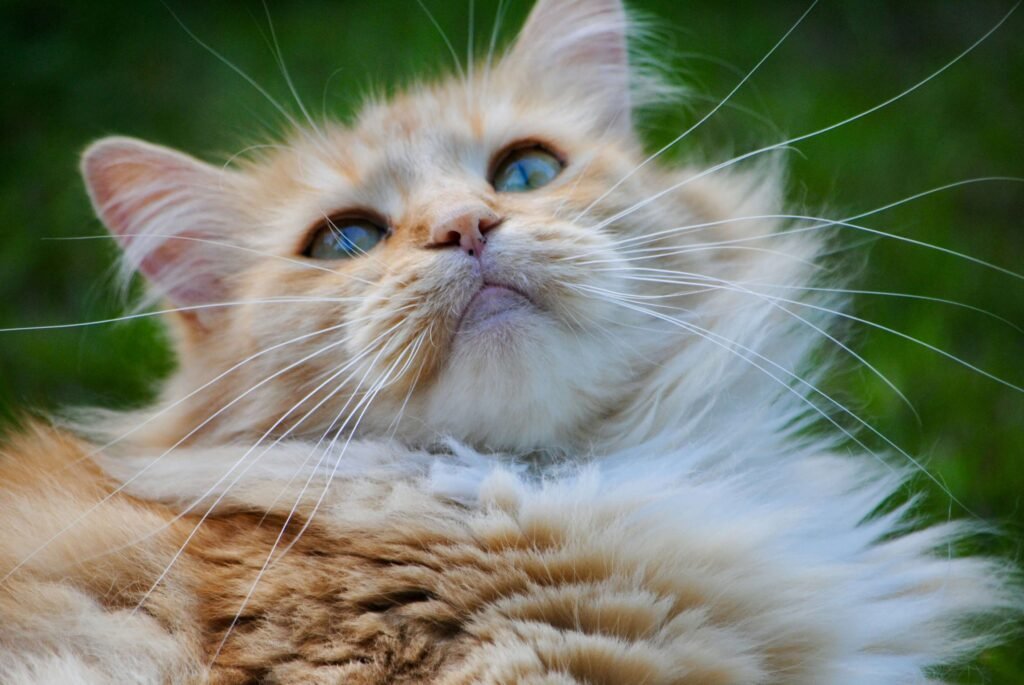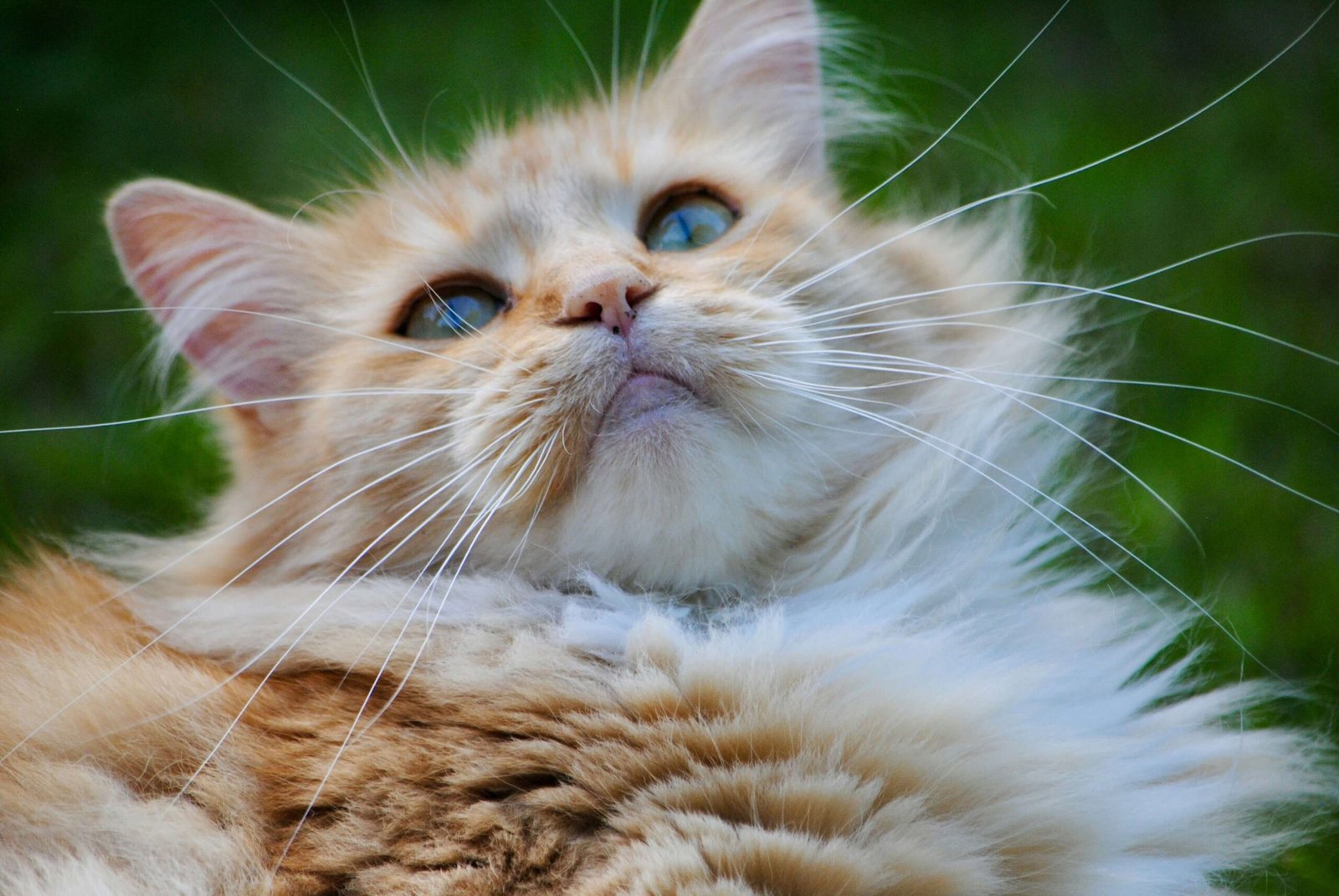Why Is My Cat Not Drinking Water?
Cats are known for their quirky behaviors, but one thing that should never be ignored is when your feline friend stops drinking water. Hydration is essential for their health, and even a slight dip in water intake can lead to serious complications. If you’ve noticed your cat avoiding the water bowl, it’s time to take action. Understanding why this might be happening can help you ensure your furry companion stays happy and healthy. Let’s dive into the possible reasons and solutions to get your cat back on track.
Common Reasons Why Cats Avoid Drinking Water
If your cat isn’t drinking water, there could be several underlying causes. While some may be harmless quirks, others could indicate a deeper issue. Here’s a list of common reasons why your cat might be avoiding water:
Stale or Unappealing Water
Cats have a keen sense of smell and taste. If the water has been sitting out for too long, they may find it uninviting.Location of the Water Bowl
Cats prefer quiet, safe spaces to drink. If the bowl is near loud appliances or high-traffic areas, they may feel uncomfortable.Health Issues
Conditions like dental pain, urinary tract infections, or kidney problems can make drinking water unpleasant or painful.Preference for Running Water
Many cats are naturally drawn to moving water, as it mimics streams they’d encounter in the wild.Stress or Environmental Changes
A new pet, a move to a different home, or changes in routine can stress your cat and affect their water consumption.
Understanding these factors is the first step toward addressing the problem. By identifying the root cause, you can implement solutions tailored to your cat’s needs.
Signs That Your Cat Isn’t Drinking Enough Water
Dehydration can sneak up on cats, so it’s important to recognize the warning signs early. These symptoms can help you determine whether your cat’s water intake is insufficient:
Dry or Sticky Gums
Healthy gums should feel moist. If they’re dry or sticky, your cat may be dehydrated.Lethargy or Weakness
A lack of energy or reluctance to move can signal dehydration or an underlying health issue.Loss of Appetite
When cats don’t drink enough water, they often lose interest in food as well.Sunken Eyes
This is a more severe sign of dehydration and requires immediate attention.Decreased Skin Elasticity
Gently pinch the skin on your cat’s neck. If it doesn’t snap back quickly, it could indicate dehydration.
Spotting these signs early can prevent complications. If you notice any of these symptoms, consult your veterinarian promptly to rule out serious conditions.
Check this guide 👉Why Does My Cat Watch Me Sleep? Best 7 Behavior Tips!
Check this guide 👉Why Does My Cat Sleep on Me? Best 7 Behavior Tips!
Check this guide 👉Why Does My Cat Sit on Me? Best 7 Behavior Tips!

Signs of Dehydration in Cats | Tips to Encourage Drinking |
|---|---|
Dry or sticky gums | Place water bowls in quiet areas |
Lethargy or weakness | Use shallow, wide bowls for comfort |
Loss of appetite | Offer fresh, cool water daily |
Sunken eyes | Consider investing in a cat water fountain |
Decreased skin elasticity | Add water to wet food for extra hydration |
How to Encourage Your Cat to Drink More Water
Getting your cat to drink enough water doesn’t have to be a challenge. With a few simple adjustments, you can make hydration more appealing. Here are some practical tips to try:
Switch to a Cat Water Fountain
Many cats prefer running water, and a fountain can mimic the natural flow they’re instinctively drawn to.Offer Wet Food
Wet food contains more moisture than dry kibble, helping to keep your cat hydrated.Change the Water Frequently
Replace the water in your cat’s bowl at least twice a day to keep it fresh and appealing.Experiment with Bowl Materials
Some cats dislike plastic bowls due to their smell or texture. Try stainless steel or ceramic options instead.Create Multiple Water Stations
Place water bowls in different areas of your home to give your cat options and reduce stress.
These small changes can make a big difference in encouraging your cat to stay hydrated. Remember, consistency is key.
When to Seek Veterinary Help
While some cases of reduced water intake can be resolved at home, others require professional intervention. Knowing when to contact your vet is crucial for your cat’s well-being. Here are situations where veterinary care is necessary:
Persistent Refusal to Drink
If your cat hasn’t touched water for more than 24 hours, it’s time to seek help.Visible Signs of Illness
Vomiting, diarrhea, or unusual behavior alongside reduced water intake can indicate a medical issue.Weight Loss
Sudden weight loss combined with dehydration can signal an underlying condition.Changes in Urination
Frequent trips to the litter box or difficulty urinating may point to urinary tract problems.Older Cats or Those with Preexisting Conditions
Senior cats or those with chronic illnesses are more vulnerable to dehydration and need prompt care.
Don’t hesitate to reach out to your vet if you’re concerned. Early diagnosis and treatment can prevent further complications.
Environmental Factors That Influence Water Consumption
Your cat’s environment plays a significant role in their willingness to drink water. Even subtle changes can affect their behavior. Here are some environmental factors to consider:
Noise Levels
Loud sounds from appliances or household activities near the water bowl can deter your cat from drinking.Proximity to Food
Cats often prefer their water source to be separate from their food, as they associate food bowls with contamination.Lighting and Visibility
Poor lighting around the water bowl may make your cat feel uneasy, especially if they can’t see their surroundings clearly.Cleanliness of the Area
A dirty or cluttered space near the water bowl can discourage your cat from approaching it.Temperature of the Room
Extremely hot or cold environments can impact your cat’s desire to drink water.
By addressing these environmental factors, you can create a more inviting space for your cat to hydrate comfortably. Small adjustments can lead to big improvements in their water intake.
Hydration Alternatives for Picky Drinkers
If your cat is reluctant to drink plain water, there are alternative ways to ensure they stay hydrated. These methods can supplement their water intake while you work on resolving their aversion to the water bowl.
Broth or Bone Broth
Offering low-sodium chicken or beef broth can entice your cat to drink more while providing additional nutrients.Ice Cubes
Some cats enjoy licking or playing with ice cubes, which can help them ingest small amounts of water.Hydration Gels
These specially formulated gels can be administered orally to provide an extra boost of hydration.Water-Rich Treats
Freeze-dried treats rehydrated with water can serve as both a snack and a hydration source.Flavored Water
Adding a splash of tuna juice or unsweetened, diluted fruit juice (like watermelon) can make water more appealing.
These alternatives can be lifesavers for picky drinkers. However, they should complement—not replace—regular water intake. Always monitor your cat’s response to new options.
Behavioral Changes to Encourage Drinking
Sometimes, encouraging your cat to drink more water requires understanding and modifying their behavior. Cats can be creatures of habit, but with patience, you can guide them toward healthier hydration habits.
Positive Reinforcement
Reward your cat with praise or treats when they approach or drink from the water bowl.Routine Adjustments
Establish a consistent feeding and watering schedule to create a sense of security.Interactive Play Near the Water Bowl
Engage your cat in play close to the water bowl to associate it with positive experiences.Gradual Introduction of New Tools
If introducing a water fountain or new bowl, do so gradually to avoid overwhelming your cat.Observation and Adaptation
Pay attention to your cat’s preferences and adjust their environment accordingly to meet their needs.
Behavioral changes take time, but consistency is key. By fostering a positive association with drinking water, you can help your cat develop healthier habits over time.
FAQ
How much water should my cat drink daily?
On average, a cat should drink about 50ml per kilogram of body weight daily. For example, a 4kg cat needs around 200ml of water.
Can I force my cat to drink water?
No, forcing your cat to drink can cause stress. Instead, try making water more appealing through the tips mentioned above.
Is it normal for cats to prefer running water?
Yes, many cats are naturally drawn to moving water because it’s often fresher and safer in the wild.
What should I do if my cat is dehydrated?
Offer fresh water and consult your vet immediately. Severe dehydration may require subcutaneous fluids administered by a professional.
Can diet affect my cat’s water intake?
Absolutely. Cats on a dry food diet may drink more water, while those eating wet food may drink less since they’re getting moisture from their meals.
Final Thoughts: Prioritize Your Cat’s Hydration
Ensuring your cat drinks enough water is one of the simplest yet most impactful ways to support their overall health. From understanding their preferences to recognizing signs of dehydration, being proactive can make all the difference. Remember, every cat is unique, so it may take some trial and error to find what works best for yours. With patience and care, you can help your feline friend stay hydrated and thriving. After all, a happy cat makes for a happy home!
Can a Cat Die from a Cold? Best 7 Expert Tips! Learn how to identify, treat, and prevent feline colds while understanding when to seek veterinary care for your cat’s health.
Cat Screaming for Food: Best 7 Expert Tips! Discover effective strategies to manage your cat's food-related vocalizations and create a peaceful feeding routine.
Aspiration Pneumonia in Cats: Best 7 Expert Tips! Discover causes, symptoms, and treatment advice to protect your cat’s respiratory health and ensure a speedy recovery.
Hip Dysplasia in Cats: Best 7 Expert Tips! Discover expert advice on managing hip dysplasia in cats, from symptoms and prevention to treatment options for a happier, healthier feline life.





